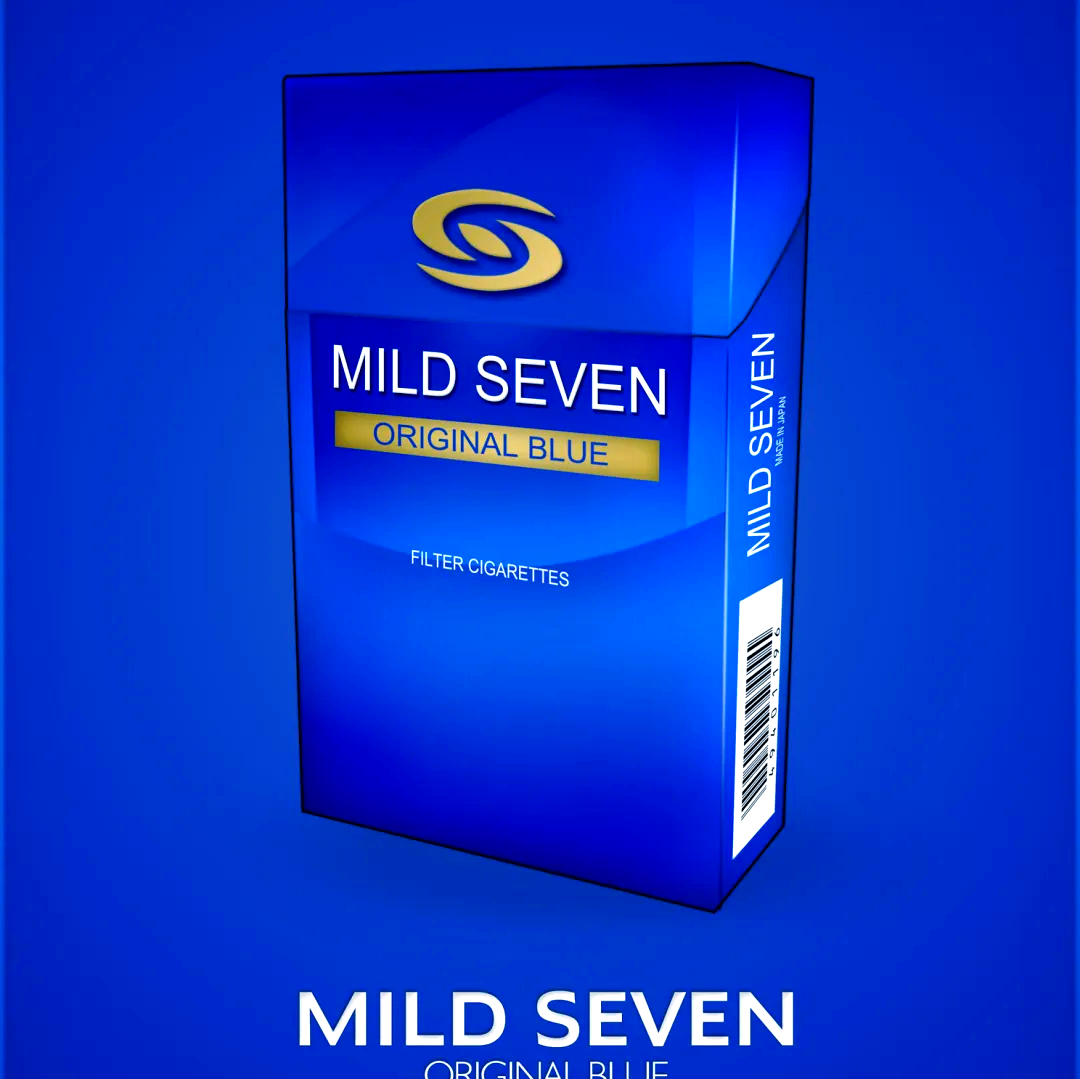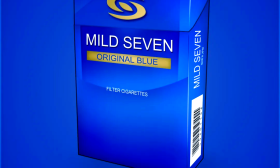Title: Tobacco Smoke Exposure Exacerbates Pediatric Recurrent Wheezing Severity: Mechanisms, Impacts, and Interventions
Introduction
Pediatric recurrent wheezing is a common respiratory condition affecting children worldwide, characterized by episodic whistling sounds during breathing due to obstructed airways. While multiple factors contribute to its development and severity, environmental tobacco smoke (ETS) exposure has emerged as a significant and modifiable risk factor. Numerous studies have demonstrated that tobacco smoke not only increases the incidence of wheezing episodes but also exacerbates their severity, leading to higher morbidity and healthcare utilization. This article explores the relationship between tobacco smoke exposure and the pediatric recurrent wheezing severity score, delving into the pathophysiological mechanisms, clinical implications, and strategies for mitigation.
Pathophysiological Mechanisms
Tobacco smoke contains over 7,000 chemicals, including nicotine, carbon monoxide, and volatile organic compounds, which collectively inflict damage on the respiratory system. In children, whose lungs are still developing, exposure to these toxins can impair lung growth and function. The mechanisms through which tobacco smoke worsens recurrent wheezing severity are multifaceted:
Airway Inflammation and Hyperresponsiveness: ETS exposure triggers an inflammatory response in the airways, characterized by the influx of neutrophils, eosinophils, and lymphocytes. This inflammation leads to mucosal edema, increased mucus production, and bronchoconstriction, all of which narrow the airways and exacerbate wheezing. Additionally, tobacco smoke heightens airway hyperresponsiveness, making the airways more reactive to triggers such as allergens and viruses.
Oxidative Stress: The free radicals in tobacco smoke induce oxidative stress, damaging epithelial cells and compromising the antioxidant defenses in the lungs. This damage perpetuates inflammation and tissue injury, contributing to the persistence and severity of wheezing episodes.
Impaired Immune Function: Early-life exposure to tobacco smoke alters immune development, skewing responses toward a Th2-dominated phenotype associated with allergic inflammation. This shift increases susceptibility to respiratory infections and allergens, common precipitants of wheezing attacks.
Ciliary Dysfunction: Tobacco smoke paralyzes and destroys cilia, the hair-like structures that clear mucus and pathogens from the airways. This impairment leads to mucus accumulation, bacterial colonization, and recurrent infections, further aggravating wheezing severity.
Clinical Evidence Linking Tobacco Smoke to Wheezing Severity
Epidemiological studies consistently show that children exposed to tobacco smoke, whether prenatally or postnatally, have a higher risk of developing recurrent wheezing and more severe disease. The wheezing severity score, often quantified using tools like the Pediatric Respiratory Assessment Measure (PRAM) or the Asthma Severity Score, is significantly elevated in these children. For instance:
- A cohort study published in the Journal of Allergy and Clinical Immunology found that children with ETS exposure had a 40% higher wheezing severity score during exacerbations compared to unexposed peers.
- Prenatal tobacco exposure has been linked to reduced lung function at birth and throughout childhood, predisposing infants to severe wheezing episodes with viral infections, such as respiratory syncytial virus (RSV).
Moreover, tobacco smoke exposure correlates with increased frequency of emergency department visits, hospitalizations, and the need for systemic corticosteroids or oxygen therapy during wheezing attacks. These outcomes underscore the substantial burden imposed by ETS on pediatric respiratory health.
Socioeconomic and Environmental Considerations
The impact of tobacco smoke on wheezing severity is often compounded by socioeconomic factors. Children from low-income households are more likely to be exposed to ETS due to higher smoking rates among parents and crowded living conditions. Additionally, these children may have limited access to healthcare, resulting in delayed diagnosis and inadequate management of wheezing, further escalating severity.
Beyond direct ETS exposure, thirdhand smoke—residual tobacco toxins on surfaces like clothing, furniture, and dust—also poses a risk. Young children, who frequently touch and mouth objects, are particularly vulnerable to this exposure, which can perpetuate airway inflammation and wheezing severity even in the absence of active smoking.
Interventions and Mitigation Strategies
Reducing tobacco smoke exposure is paramount to alleviating the severity of recurrent wheezing in children. Effective strategies include:
Smoking Cessation Programs: Providing parents and caregivers with resources to quit smoking, such as counseling, nicotine replacement therapy, and pharmacotherapy, can significantly decrease children’s ETS exposure. Studies show that household smoking cessation leads to measurable improvements in wheezing severity and frequency within months.

Public Health Policies: Implementing smoke-free laws in public places, increasing tobacco taxes, and enforcing anti-smoking campaigns reduce overall smoking rates and societal acceptance of smoking, indirectly protecting children.
Education and Awareness: Healthcare providers should routinely screen for tobacco exposure during pediatric visits and educate families about the risks of ETS and thirdhand smoke. Emphasizing the importance of smoke-free homes and cars is critical.
Enhanced Clinical Management: For children with recurrent wheezing and known ETS exposure, aggressive management—including inhaled corticosteroids, leukotriene receptor antagonists, and action plans for exacerbations—may be necessary to control symptoms and prevent severe attacks.
Conclusion
Tobacco smoke exposure is a major preventable contributor to the severity of pediatric recurrent wheezing. Through inflammatory, oxidative, and immunologic pathways, ETS worsens airway pathology and increases morbidity. Addressing this issue requires a multifaceted approach involving healthcare providers, families, and policymakers. By reducing tobacco exposure and optimizing clinical care, we can improve outcomes for vulnerable children and help them breathe easier.
Tags: tobacco smoke, pediatric wheezing, recurrent wheezing severity, environmental tobacco smoke, childhood asthma, respiratory health, smoking cessation, airway inflammation, pediatric pulmonology, public health.











